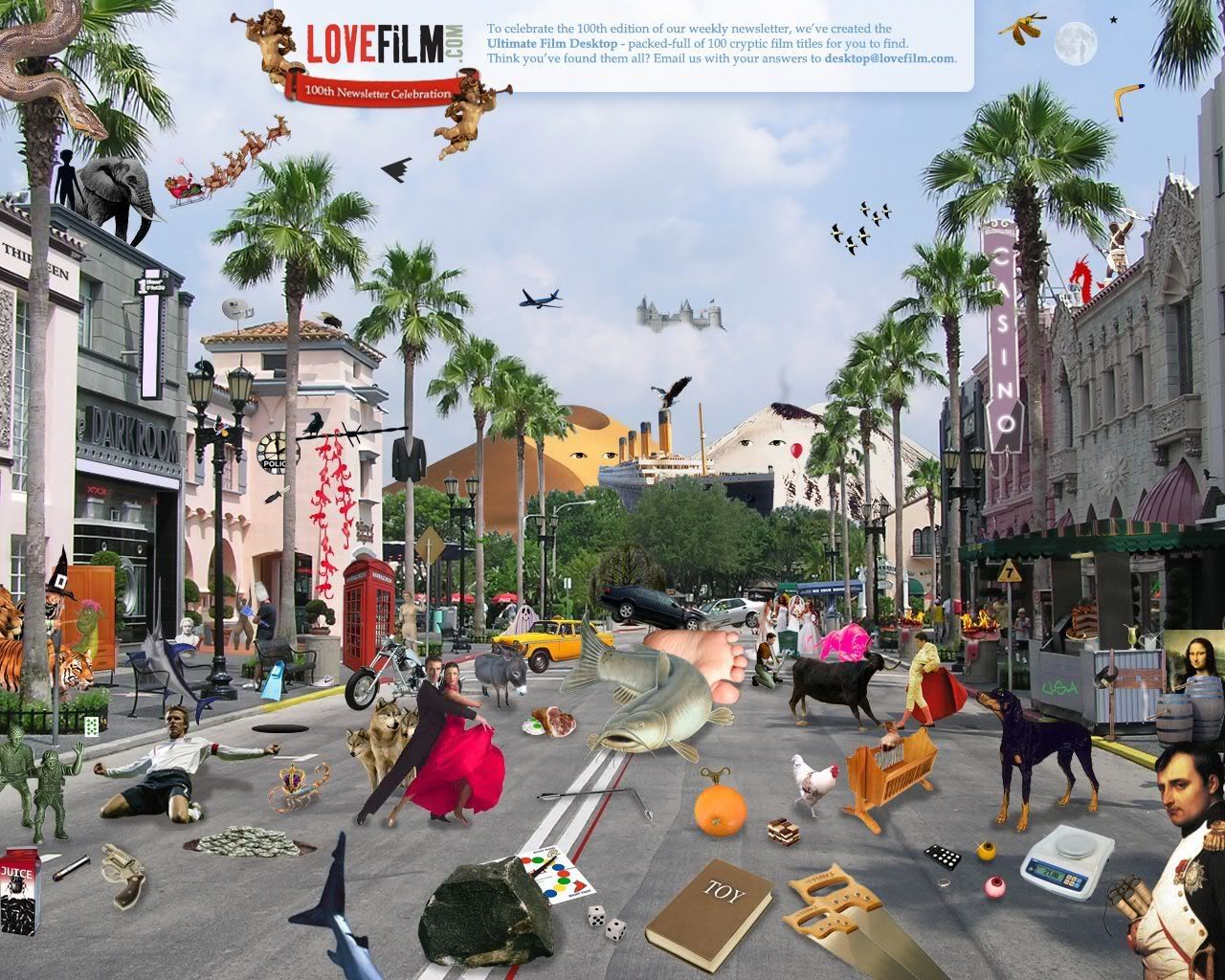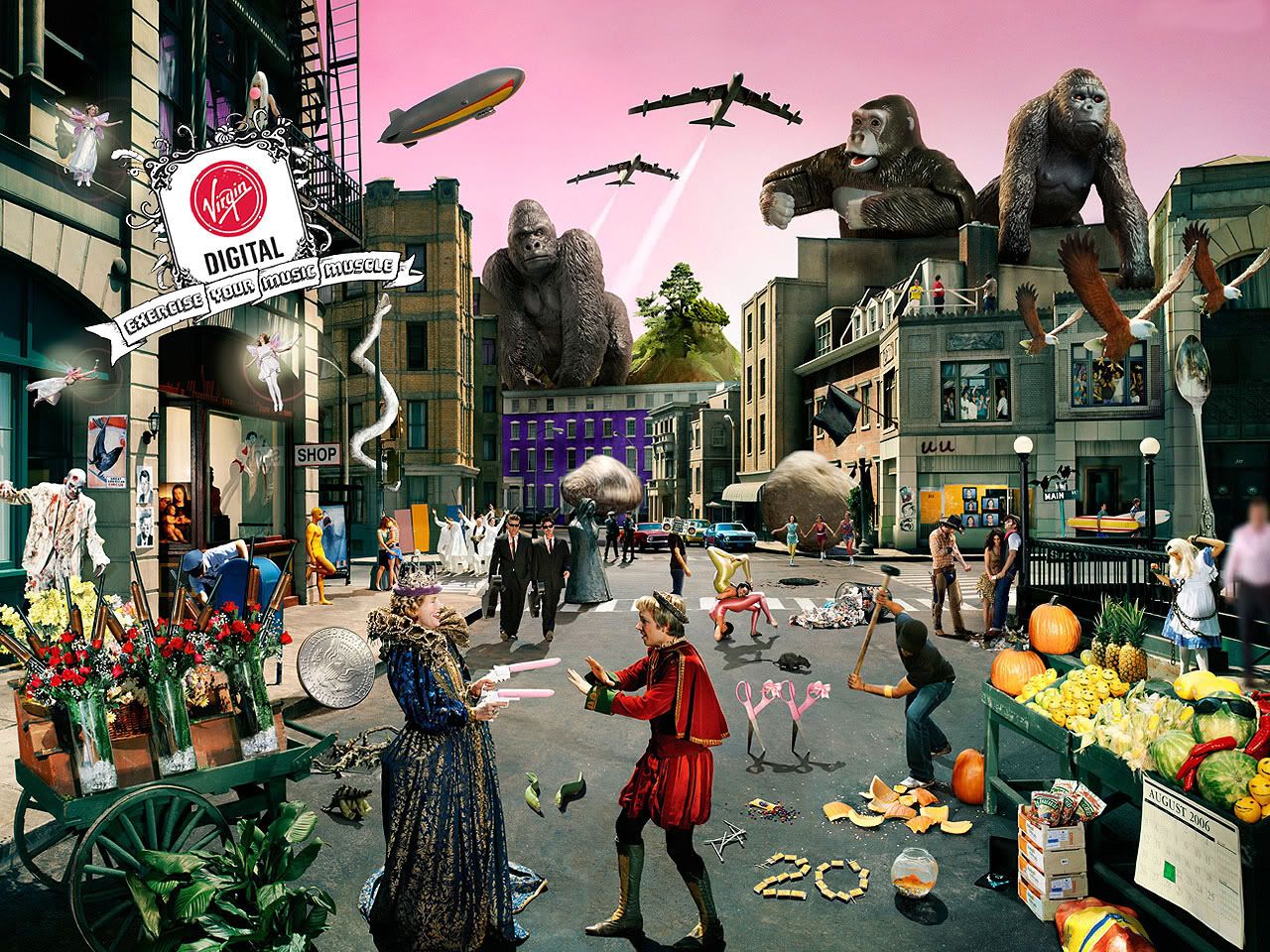Context:
Social change, destabilization, the rise of an authoritarianism that curtailed personal freedom and alternative thinking -- these were the conditions in Weimar Republic Germany during the heyday of the Expressionist movement in film. Spanning the years 1909-1924, theirs was a time of revolution (in Russia and Germany), war (World War I), and reaction (the rise of National Socialism in Germany). Anxious about the disintegration of their culture, filmmakers such as F.W. Murnau, Robert Wiene, and Ernst Lubitsch used cinema to create new forms of visual representation, exploring the possibility of reversing power relations through the look. The cinematic Expressionist movement in Germany is generally considered to be the classic period of German cinema; many Expressionist works are included in the canon of the world's greatest films. From Lubitsch's masterpieces 'Passion' (1919) and 'Deception' (1920), through Wiene's famous 'The Cabinet of Dr. Caligari' (1919), to Murnau's brilliant 'The Last Laugh' (1924) and 'Nosferatu' (1922), there has rarely been a movement of such consistent inspiration and achievement. Expressionism in cinema, as in the other arts, attempts to 'reappropriate an alienated universe by transforming it into a private, personal vision.' With that in mind, Expressionist cinema tried to deepen the audience's interaction with the film, combining technology and imaginative filming techniques in order to intensify the illusion of reality. The Expressionists practically reinvented the look of film with innovative and unusual editing rhythms, perspectivally distorted sets, exaggerated gestures, and the famous 'camera unchained' -- a new technique that allowed the camera to move within the scene, vastly increasing the accessibility of the character's subjective point of view. The Expressionists developed new habits of seeing, new ways to interpret the way people relate to social living and self-identification. The Expressionists supplanted reality with myth and fantasy in order to liberate visual perception from the other senses. Their goal: to liberate the mind of the individual from the oppression that rationalism imposed on an industrial society -- an oppression that became more and more powerful as the National Socialists grew in power.
In Part 2, Freder sees the horrendous working conditions of Metropolis, including the famous scene in which a gigantic machine seems to become Moloch, ancient demon-god of human sacrifice, and tries to tell his father, Master of the city, what he has seen. Contrasted with the underground factories is a Utopian vision of the aboveground City as Freder rushes to see this father. Music is by Alexander Nemtin, after Scriabin, for Preparation for the Final Mystery and Nuances. The 1917 revolution had already occurred in Russia, but Hitler and the National Socialists (Nazis) had not yet taken over Germany. The rulers and adherents of both these systems killed millions of human beings through an enforced way of doing things that was based on a rigid philosophy rather than one having an awareness of human aspirations and honoring individual merit and achievements.
Wiki-link on Fritz Lang:
http://en.wikipedia.org/wiki/Fritz_Lang
Representations of Women in the Film:
Women were represented in different ways throughout the movie Metropolis, but the underlying theme was women were seen as purely sexual. Maria was seen as the nurturer in the film, but also as a sexual object. She was the one who preached for peace and harmony down in the catacombs to the workers. Maria was also the nurturing maternal figure that was seen walking into the garden with all of the poor children. The vamp, on the other hand, was portrayed blatantly as a sexual object. This whole movie was seen through the eyes of the male perspective, which usually portrays women as sexual objects, and robs them of any identity. Lang shows Frederson as having fear of femininity which involves women's emotion and nurturing.
The robot was seen as a creation of technology and femininity and sexuality through the male imagination. This creation of the robot was to reflect the fear that men have of women and of technology. Women, machines, and nature raise fear in men because they threaten the male dominance and control. The female robot rose fear about threatening male control because of the idea that technology could become so large and advanced that it would go out of control of man and destroy humanity. Maria also posed as a threat to Frederson because of her emotions and nurturing. As seen in the movie, the scene where Rotwang leads Frederson down to the catacombs to watch Maria preach about peace is a direct depiction of the male fear of femininity. This fear comes from Frederson not having any control over this situation because he did not know about the catacombs, which scares him. Men need to control these women because of these insecurities about their own dominance.
Throughout the entire movie there is an underlying theme of men always controlling women. The world of technology has always been seen as being all men while the women were standing on the outside looking in. For example, Rotwang creates this vamp to satisfy his own sexual desires, and to be able to control and dominate her every move. Woman has been constructed by man to serve her master, be completely dependent, and meet his needs. Lang invents his females as technological objects that come to life at the hands, and visions of their male masters. This is clearly seen when the robot, disguised as Maria, is put on the stake to burn. Her clothes eventually begin to disappear to display her feminine body, while every mans eyes are glued to her.
Postmodernism in music video
8 years ago








No comments:
Post a Comment